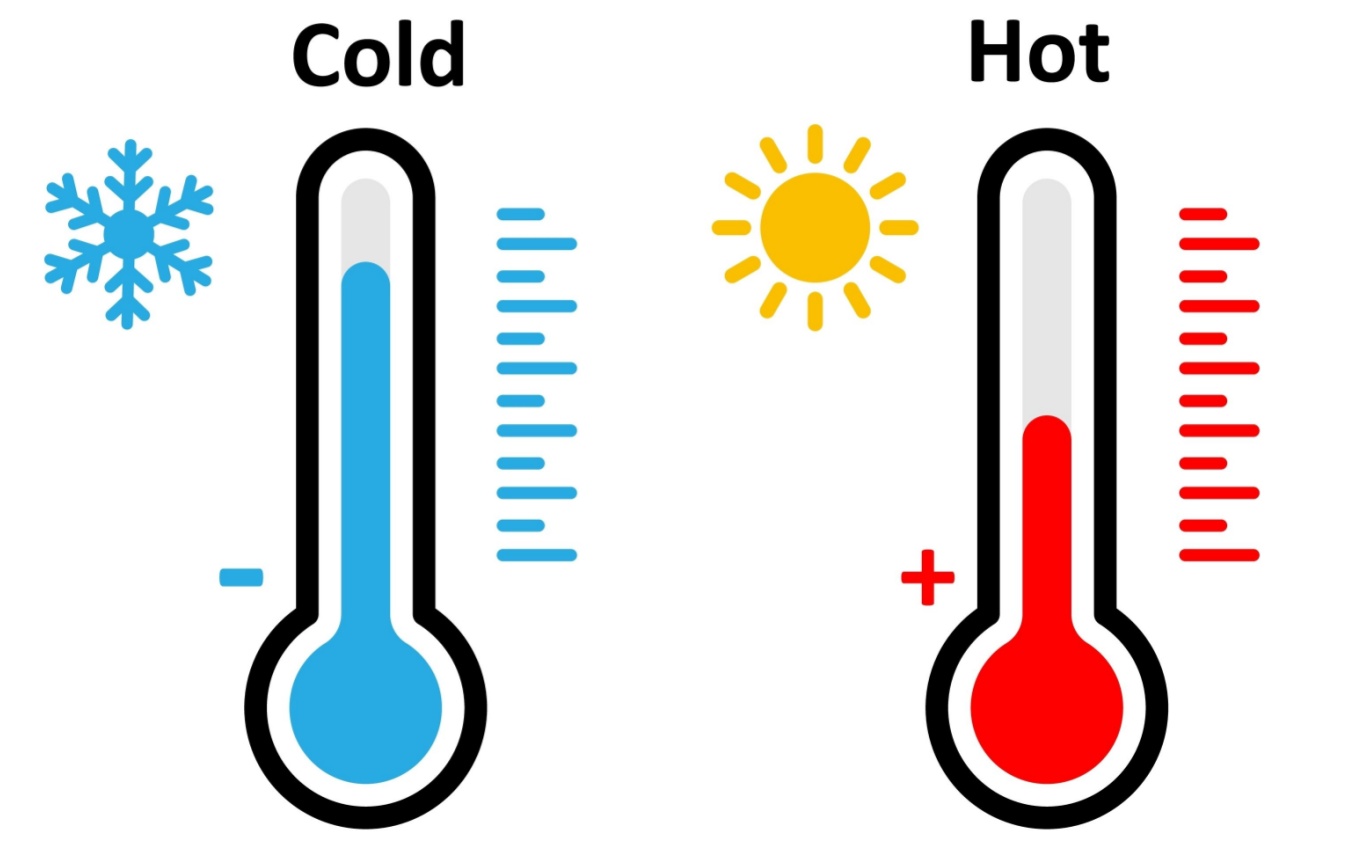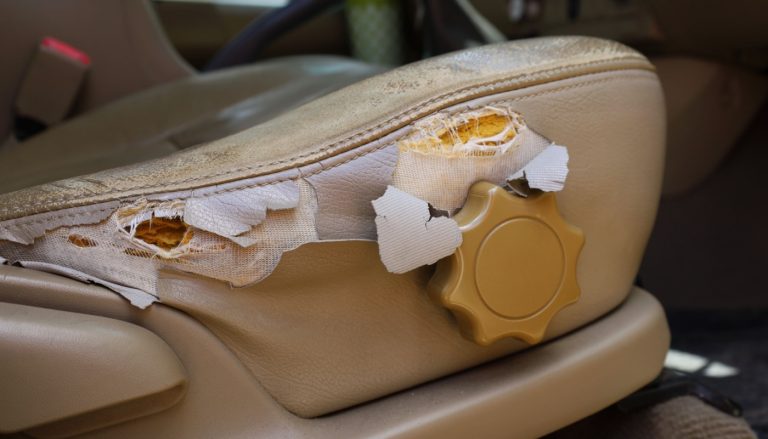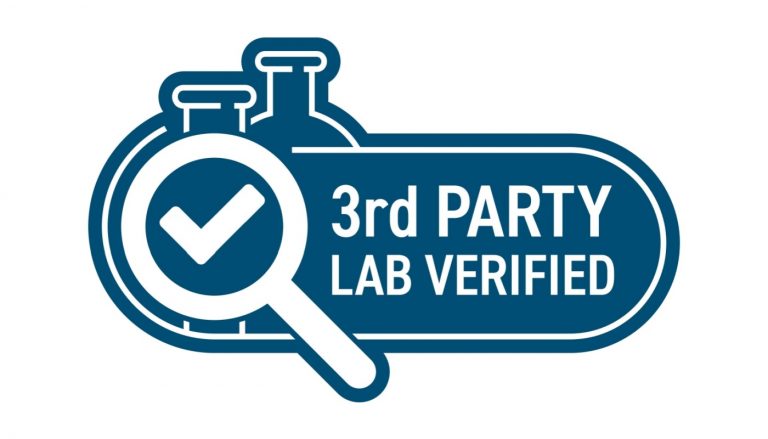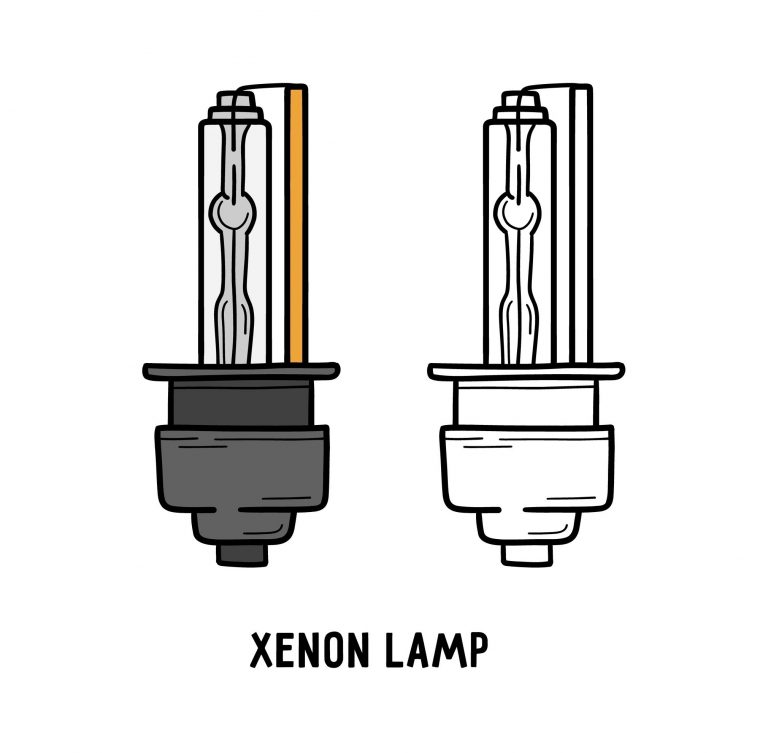Artificial Weathering Testing is Non-Negotiable for New Material Sources
The current reality for manufacturers is relentless supply chain volatility. From swift changes in trade policy and the lingering effects of logistical bottlenecks to increasing pressure for cost-saving measures, manufacturers are under immense pressure. They need to find alternative material sources quickly.
But this speed introduces a crucial, high-stakes question: Does your new supplier’s material perform the same as your old one?
The answer is often no, or at least, not reliably enough to risk your brand reputation.
The Hidden Risks of Material Substitution
A change in material supplier is never a simple “plug-and-play” operation. Subtle differences in a material’s formulation, such as the concentration of a pigment or the specific type of UV stabilizer used, can significantly impact a component’s long-term durability.
The risks are varied and costly:
- UV Susceptibility: What if the new plastic is more susceptible to UV degradation, leading to premature fading, chalking, or loss of gloss on exterior parts?
- Thermal Shock: What if the new resin becomes brittle and cracks when subjected to rapid temperature shifts, such as during transport in colder climates or installation?
- Moisture Sensitivity: What if the protective coating on a metal component doesn’t resist humidity and condensation as well, accelerating corrosion?
Artificial Weathering Testing: Your Essential Verification Tool
In this turbulent supply landscape, artificial weathering testing is an essential tool for verifying the durability of new materials quickly and reliably.
Often referred to as accelerated weathering testing, this process utilizes specialized chambers. These chambers mimic and accelerate the damaging effects of outdoor exposure—primarily UV light, heat, and moisture—in a controlled laboratory environment.
This type of testing allows manufacturers to:
- Verify Equivalence: Quickly determine if a replacement material is a true functional equivalent to the original, established material.
- Uncover Hidden Flaws: Expose subtle differences in performance that might take months or years to appear in real-world conditions.
- Mitigate Risk: Gain the confidence needed to integrate a new material into production, safeguarding product performance and brand reputation.
Artificial weathering is not just about meeting a passing requirement. It’s about proactively safeguarding your product’s performance against unpredictable variables that come with supply chain changes. In today’s market, relying on a supplier’s data sheet alone is an unacceptable risk.
How are you ensuring your new materials can withstand the elements and maintain the quality your customers expect? Partner with a lab that can provide the accelerated verification you need to manage risk effectively. Book a call with us today to discover how we can help you.







